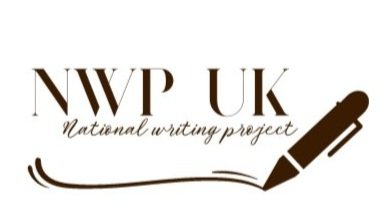Spend at least ten wildly happy minutes every single day reading aloud.
- Mem Fox, Australian children’s author
When we think about feeding the writer, we think about reading. Perhaps, we think about them devouring one book after another as we might have done as bookish children. However, we should never forget the power and the pleasure of being read to. Rumours go around that reading aloud is not teaching, but we know that reading aloud is essential nourishment. Even as adults we love the sound of another reading a story, maybe we use audible, maybe we are lucky enough to know someone who loves to read to us. Then the stories come to us, the rhythms and magic of the writing capture our minds, our imaginations.
For many children, this is how they come to know how particular writers sound. By reading aloud we open up the text for them. They may well want to read the book themselves once they have heard it. As a teenager, television dramatisations opened the door to Dickens for me. I would watch an episode or two and then start reading at pace so that I was always ahead of the televised story. The televised adaptation helped me gain purchase on the unfamiliar language and context. We know that sometimes when we start reading an unfamiliar author the going can be slow until we get used to their way of putting words together.
So, when we read aloud, we ease the way in for less experienced readers. For many children, particularly in primary school, when reading might still be a slow business, we can read novels that are intellectually and emotionally relevant to them and that might still be too laborious for them to read for themselves with any pleasure. We voice the text. A Year 5 child for whom English was an additional language liked to hear her teacher reading, because when she read the book herself she heard her teacher’s voice in her head. She heard the writer’s voice through her teacher’s voice. It was particularly pertinent for her, but I think there are many of us, adults and children, who are introduced to the voice of a writer through the intermediary voice of a good reader.
Once we have heard those rhythms aloud we can draw upon them when we are reading and when we are writing. They become part of our own voice and we can try them out using our own words. Reading aloud, one to one, is an essential part of learning to read. Reading aloud provides a shared experience: meditative, hilarious, challenging, surprising, communal. It draws us together. It becomes part of our cultural capital. Reading aloud is not just for the youngest children. We are all drawn in by the spoken word. My English teacher sometimes read us short stories during A level lessons. ‘The Rain Horse’ by Ted Hughes, Hemingway’s ‘Indian Camp’. I have not forgotten them, nor the quiet of the room as he read, nor the ways in which a story might work. Even if we don’t have time to read whole texts to older students, we can still read poems, shorter extracts from prose. Sometimes the music of a writer is harder to hear when one reads silently. I didn’t properly notice the loveliness of Gilbert White’s nature diaries until I read them aloud. It is why it is so helpful to read our own writing aloud, and to hear others read theirs.
In the opening chapter to her wonderful book about writing stories, Steering the Craft, Ursula Leguin says:
The sound of the language is where it all begins and what it all comes back to. The basic elements of language are physical: the noise words make and the rhythm of their relationships. This is just as true of written prose as it is of poetry, though the sound-effects of prose are usually subtle and always irregular.
…. I think awareness of what your own writing sounds like is an essential skill for a writer.
Our voices, what our writing sounds like, come from all that we have read and heard and how people do or do not listen to us. If we are to feed the young writer, then reading aloud is an essential part of the diet. We will offer it and they will use it in the ways that are theirs.

